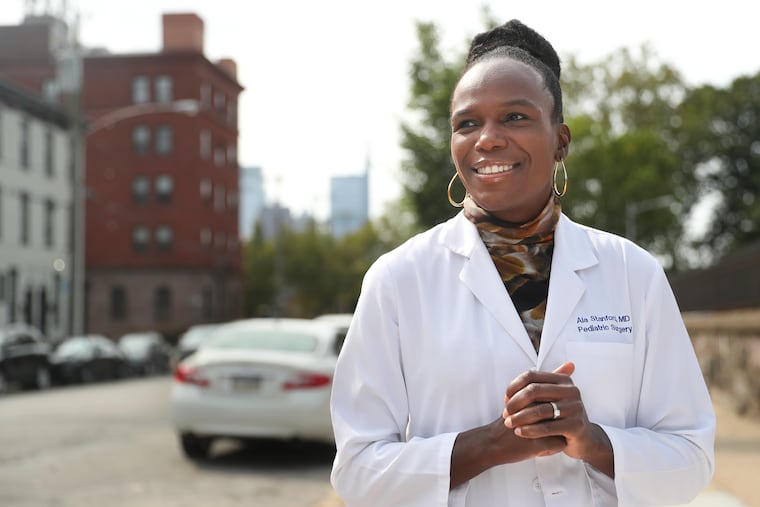What to expect over the next six months of pandemic life, according to Philly experts
With more than a half-year of COVID-19 behind us, we look ahead. From treatments to vaccines, racial disparities to protective gear, immunity to nursing, here are trends to look for.
